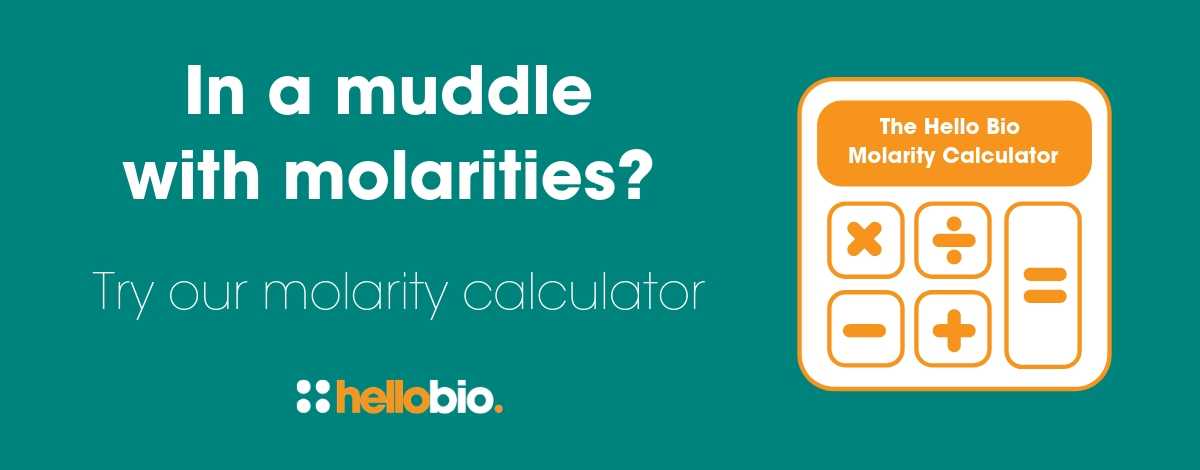Ask the Author: Professor Bryan Roth on the design of HCAD
Chemogenetics is a powerful technique that allows scientists to selectively control the activity of specific cells using engineered receptors and designer drugs. Traditionally used in neuroscience, chemogenetics enables researchers to study cell function, neural circuits, and behavior with exceptional precision.
In a recent Cell paper, Kang et al. introduced HCAD — a new chemogenetic system designed to target cells in the peripheral nervous system without affecting the brain, and highlighted FCH-2296413 (a peripherally restricted HCAD DREADD actuator) in this research.
In this interview, we asked lab leader Professor Bryan Roth to explain their approach, what makes HCAD different, and how it could open up new frontiers for research into pain, inflammation, and beyond.
★ Read the paper: Structure-guided design of a peripherally restricted chemogenetic system ★
The Roth Lab studies the structure and function of G-Protein couples receptors (GPCRs) and is part of the Department of Pharmacology, a research department in the School of Medicine at the Univerisity of North Carolina at Chapel Hill.
What motivated your team to develop a peripherally restricted chemogenetic system like HCAD?
We had received, over the years, many requests by others for such a system. I also thought it might be a cool idea to test if we could actually create such a beast.
HCA2 isn’t a typical DREADD receptor — how did you identify it as a promising candidate?
It was actually ideal because it is expressed at low levels in the organ systems we were interested in (nervous system, metabolic and digestive systems)
What role did cryo-EM and virtual screening play in guiding your receptor–ligand design?
The structure was the key initial step to identify residues in the binding pocket and then we took a long time searching for suitable ligands.
Can you explain what makes FCH-2296413 a strong choice for a peripherally acting actuator?
There are two main attributes which make it ideal: 1. It is excreted unchanged so there are no potentially active metabolites; 2. It has negligible CNS penetration and excellent peripheral exposure.
You confirmed HCAD activity in DRG neurons and its ability to modulate inflammatory pain. How might this translate into other research or therapeutic areas?
We predict that this approach could be curative for peripheral pain conditions.
What should researchers know before implementing HCAD in their own work?
The main thing is to verify expression.
Do you see this approach expanding into other systems or receptor families?
I'm hoping others are inspired to create even better chemogenetic systems.
What’s next for your research in this area?
We are pushing hard right now to test the potential therapeutic utility of chemogenetics.
What is FCH-2296413?
FCH-2296413 is a novel, selective activator of the peripherally restricted HCAD DREADD.
What makes FCH-2296413 such a valuable chemogenetic tool?
Unlike other DREADD ligands (e.g. CNO & DCZ), FCH-2296413 does not cross the BBB so is able to selectively activate the peripherally restricted HCAD Gi-DREADD. To date, relatively few DREADD studies have been conducted in the PNS.
FCH-2296413 has excellent drug-like properties, peripherally restricted pharmacokinetics and clean off-target profiles. The HCAD system has been shown to selectively reduce pain in mice by targeting peripheral tissues of dorsal root ganglion (DRG). Active in-vivo. FCH-2296413 is a racemic mixture which includes the racemates AR2599088 ('088) and AR259089 ('089).
Is FCH-2296413 soluble in water?
Hello Bio has manufactured a water-soluble form of FCH-2296413 (soluble to 100mM in water) and also the freebase version of FCH-2296413 (soluble to 100mM in DMSO).
More Chemogenetics Products From Hello Bio
Researchers can save up to 50% on chemogenetics research products from Hello Bio – they are up to half the price of other suppliers and have been reviewed and cited by researchers worldwide.
★ Find out more about FCH-2296413
★ Browse our full chemogenetics range
________________________________
If you enjoyed this article, why not check out the other resources available on our blog. We are passionate about supporting life scientists including early career life scientists and PhD students - with really low-priced reagents, antibodies and biochemicals, early career scientist grants, and resources to help with both personal and professional development. We know how tough it is - so we hope you find these helpful!
More General Support for Life Scientists
For advice on wellbeing, dissertations, presenting at conferences, wellbeing, PhD support, networking and lots more, we have a huge range of articles to help - just click below:
Save up to 50% on our high purity reagents...
When you get to the stage of planning your experiments, don't forget that we offer a range of low-cost, high-purity agonists, antagonists, inhibitors, activators, antibodies and fluorescent tools (yes - they really are around half the price of other suppliers!) You can use our Quick Multi-Search Tool to search for lots of products in one go, and the range includes:
- Enzyme inhibitors and activators
- Chemogenetic ligands
- Ion channel modulators
- GPCR & ionotropic receptor ligands
- Cell biology reagents & biochemicals
Technical resources
Try our Molarity Calculator: a quick and easy way to calculate the mass, volume or concentration required for making a solution.
Try our Dilution Calculator: an easy way to work out how to dilute stock solutions of known concentrations
We also offer a comprehensive range of technical resources including antibody protocols and methods, product guides and mini-reviews:
And finally, don't forget to check back in with our blog regularly for our latest articles. If there’s something you’d love to contribute to the community, whether that’s an interview or article, drop us a line at hello@hellobio.com
---





















